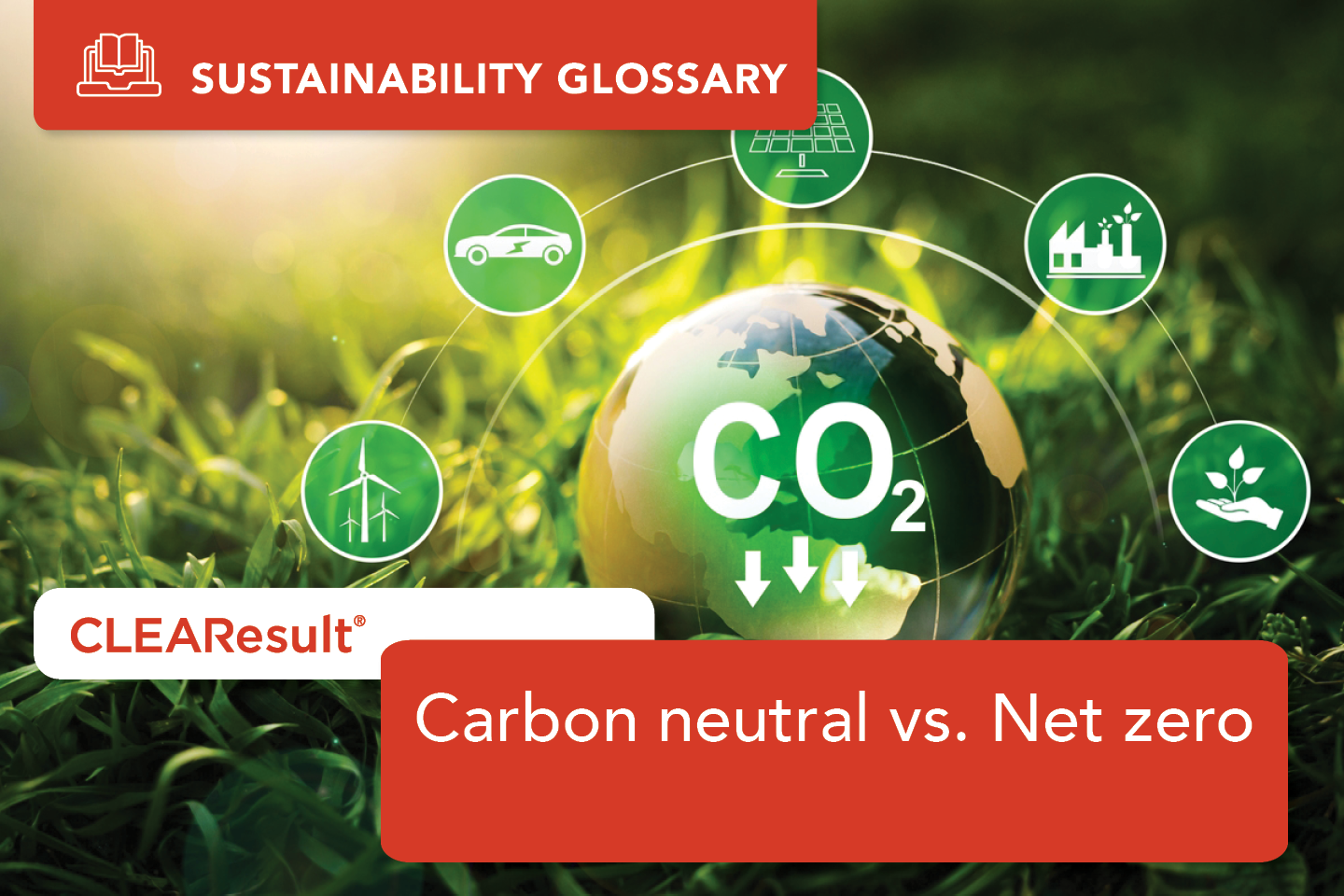Carbon neutral vs. Net zero

What is the difference between carbon neutral and net zero?
"Carbon neutral" and "net zero" are related terms used in the context of environmental sustainability, particularly when addressing efforts to mitigate climate change. While the terms are often used interchangeably, the key distinction lies in the scope and ambition involved.
Net zero:
Achieving net zero emissions means that the entity in question (such as a country, company or individual) is balancing the amount of greenhouse gases it emits with the amount it removes from the atmosphere. This can be achieved through various methods, including reducing emissions, capturing and storing carbon dioxide, and offsetting emissions through activities like investing in renewable energy projects or reforestation (Source: Net Zero Climate).
Carbon neutral:
Being carbon neutral means that an entity's net carbon emissions are zero. This typically involves reducing carbon emissions as much as possible and then offsetting any remaining emissions by investing in projects that remove carbon dioxide from the atmosphere or prevent emissions elsewhere (Source: Yale University). Carbon neutrality specifically focuses on carbon dioxide emissions and does not necessarily encompass other greenhouse gases.
In summary, while both concepts involve balancing emissions with removals or offsets, "net zero" tends to be a broader and more ambitious goal that encompasses all greenhouse gases, whereas "carbon neutral" specifically focuses on achieving a net zero carbon footprint.